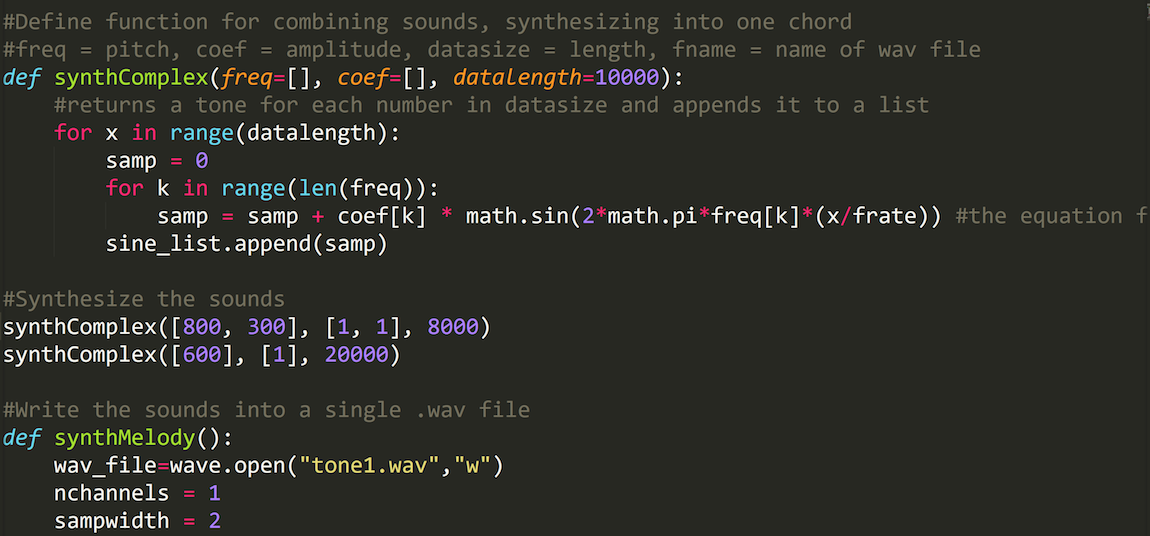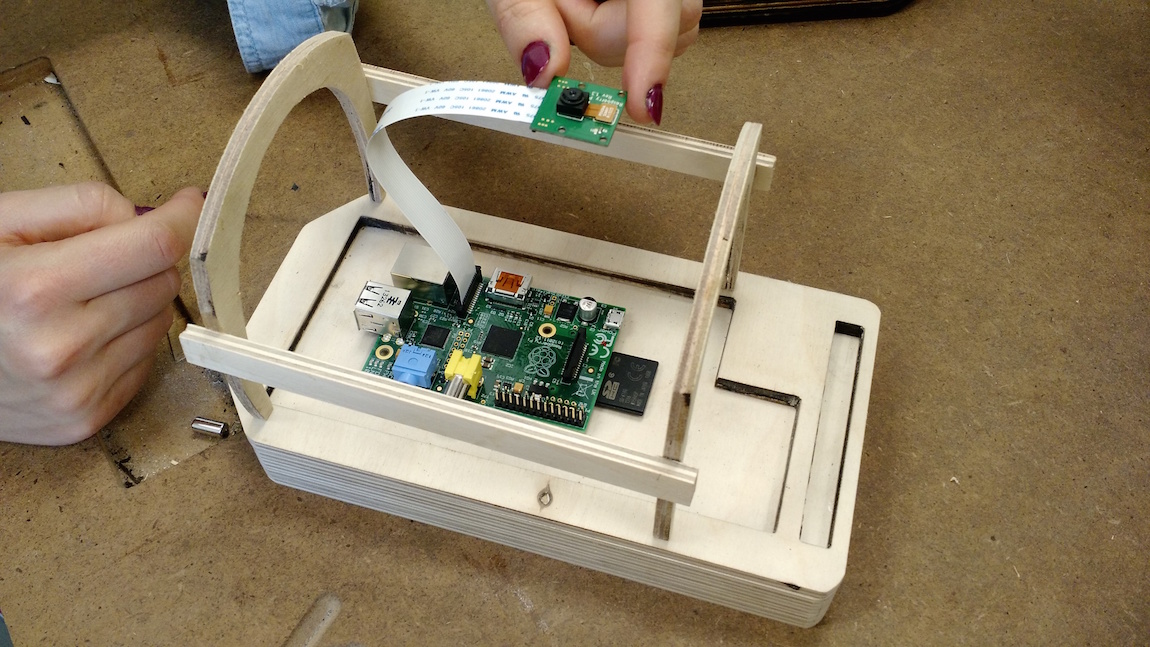Earlier this month, I went to HASTAC 2016 at Arizona State University (ASU) to present MLab research on the optophone. The optophone was a reading aid for the blind that, beginning in the 1910s, converted text into sound. It was also a precursor to optical character recognition (OCR) technology. In my talk, I stressed how prototyping the optophone helps us better understand what is missing or what we cannot know for sure about it. These gaps are important to keep in mind because—at least to our knowledge—no stable, working version of the optophone exists today. But more important, the prototyping process stresses absences in the historical record—traces of people, agents, and labour that have been ignored, lost, destroyed, or otherwise made inaccessible.
As Victoria, Jentery, and I discuss elsewhere (based on research we conducted with Danielle and Katherine), Mary Jameson was a key developer of early optophones despite the fact that historical sources diminish her contributions to media history by referring to her as a demonstrator or user. Prototyping the optophone becomes a way to better understand how Jameson (and others like her) may have contributed to the optophone and developed it over time without assuming we can ever inhabit or recover that labour. It also becomes a way to write Jameson into a historical record that contains significant omissions, exaggerations, and distortions. For example, sources written by sighted people—as well as current historical narratives about the optophone—focus on the conversion of text into sound, at the expense of the demanding procedures involved in setting up and navigating the various components of the optophone’s frame.
Moreover, sources such as The Moon Element, by E.E. Fournier d’Albe (credited as the optophone’s inventor), also tend to reference reading speed as the ultimate measure of success and the means by which all blind people’s problems would be solved. Although historical documents suggest that, after years of practice, Mary Jameson read at a rate of up to sixty-words-per-minute on an optophone, this rate depended tremendously on which reading optophone Jameson was using, when, and in what context. Furthermore, if we read the writing of operators such as Jameson and Harvey Lauer, we might find different measures of success altogether, including how the optophone allowed them to access not only texts previously legible only to sighted people but also materials beyond the conventional print categories that Fournier d’Albe used as a baseline or default. Examples of the latter include using an optophone to check if a pen is working or to read labels on packaged goods in order to relabel them in Braille.
If we prototype the conversion process itself, then we also get a sense of just how intricate early conversion and interpretation were, despite the fact that sighted people such as Fournier d’Albe suggested they were quite simple. In the MLab, I am currently using a combination of Python, OpenCV (open source computer vision), a Raspberry Pi, and—somewhat ironically—OCR technology to recreate the optophone’s conversion mechanism or “tracer.”
Tracers would scan each line of type with continuous beams of light, producing an analogue stream of noise and silence corresponding with their movement across the page. But since OCR reads each line discretely, character by character, then it would be very difficult, if not impossible, to capture the same degree of fine-grained feedback and control that an operator likely had in the past. Put this way, prototyping points to what we cannot access instead of what is available at hand. Exposing the limitations of current technologies when remaking past ones also disputes the common assumption that innovation always marches in a teleological or straightforward path toward a new and improved future.
From this perspective, prototyping may resist grand historical narratives by stressing the everyday work of incremental development as much in its consideration of the past as it does in present-day praxis. It also highlights differences between then and now and points to absences in the historical record that can be addressed only through conjecture, never entirely proved or disproved. In doing so, it foregrounds how media history is contingent and slippery, and manifests this elusiveness in material form. As a kind of inquiry, prototyping acts with materials even as it works against the grain of written history.
Post by Tiffany Chan, attached to the KitsForCulture and HASTAC project, with the news, physcomp, and fabrication tags. Featured image care of the MLab. Thanks to Robert Baker (Blind Veterans UK), Mara Mills (New York University), and Matthew Rubery (Queen Mary University of London) for their support and feedback on this research.




